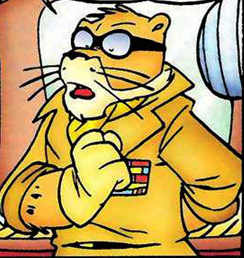What they learned is, to me, much less interesting than how they learned it.
Oh hell no, my last known action on this earth is NOT gonna be spent complaining about someone else’s music skills. Unless they are playing a vuvuzela or something…
Using his last words to whine about something would have been very on-brand for Plato.
Yeah that would be ridiculous. I personally want mine to be me complaining about the quality of someone else’s copper
emptyother will choose to die as he lived
Absolutely, bringing laughter and curiosity to people worldwide 2K years later is THE way to face death. But that guy is gonna be hard to beat…
A slave no less.
Yeah that would be ridiculous. I personally want mine to be me complaining about the quality of someone else’s copper
What if they’re doing a rendition of Concerning Hobbits on a bagpipe, thetemin, and has auto-tuned rap lyrics?
Sounds like fire
This is the best summary I could come up with:
Newly deciphered passages from a papyrus scroll that was buried beneath layers of volcanic ash after the AD79 eruption of Mount Vesuvius may have shed light on the final hours of Plato, a key figure in the history of western philosophy.
In a groundbreaking discovery, the ancient scroll was found to contain a previously unknown narrative detailing how the Greek philosopher spent his last evening, describing how he listened to music played on a flute by a Thracian slave girl.
Despite battling a fever and being on the brink of death, Plato – who was known as a disciple of Socrates and a mentor to Aristotle, and who died in Athens around 348BC – retained enough lucidity to critique the musician for her lack of rhythm, the account suggests.
In a presentation of the research findings at the National Library of Naples, Prof Graziano Ranocchia, of the University of Pisa, who spearheaded the team responsible for unearthing the carbonised scroll, described the discovery as an “extraordinary outcome that enriches our understanding of ancient history”.
“For the first time, we have been able to read sequences of hidden letters from the papyri that were enfolded within multiple layers, stuck to each other over the centuries, through an unrolling process using a mechanical technique that disrupted whole fragments of text.”
Ranocchia said the ability to identify these layers and virtually realign them to their original positions to restore textual continuity represented a significant advance in terms of gathering vast amounts of information.
The original article contains 523 words, the summary contains 250 words. Saved 52%. I’m a bot and I’m open source!





